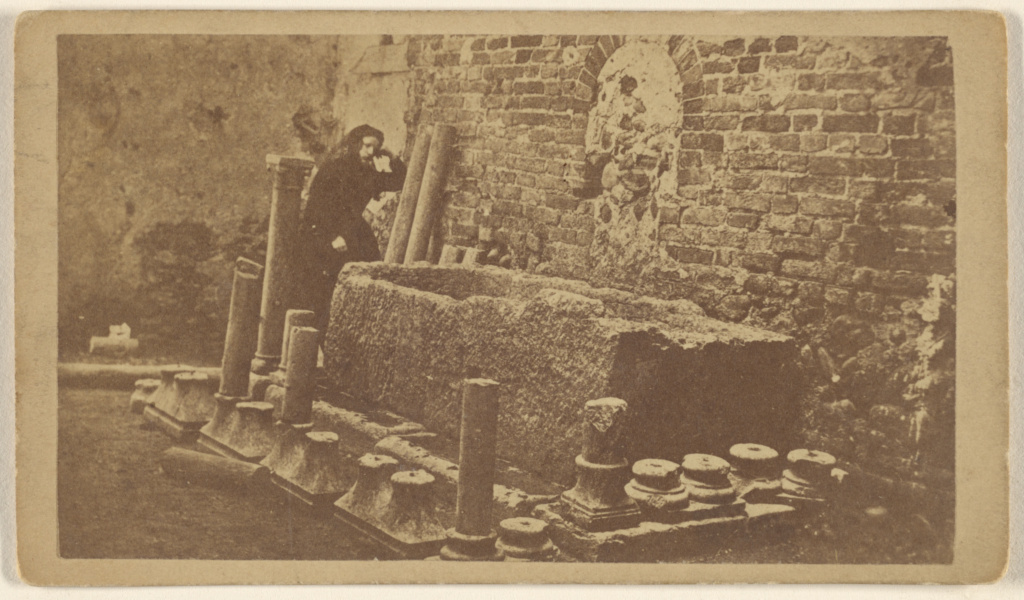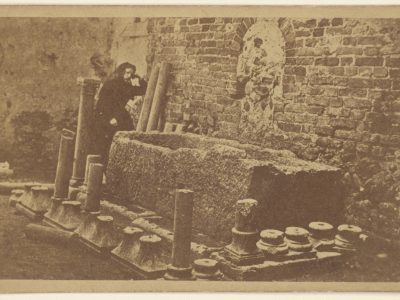
Juliet’s Tomb, Verona, Italy
- Constructed: Unknown
Juliet’s tomb is a stone sarcophagus, empty and without a lid. It is inside the underground crypt of the church of San Francesco al Corso, an old Franciscan monastery in Verona.
Juliet’s tomb is a red marble sarcophagus, empty and without a lid. It is inside the underground crypt of the church of San Francesco al Corso, an old Franciscan monastery in Verona.
Factual historical information about the sarcophagus is hard to come by, as the legends surrounding Shakespeare’s doomed lovers appears to overshadow the object itself. The church was built in 1230, and the sarcophagus was discovered in the 19th century.
Lord Byron visited the sarcophagus, and described it as “a plain, open, and partly decayed sarcophagus, in a wild and desolate conventual garden once a cemetery now ruined to the very graves. The situation struck me as very appropriate to the legend, being blighted as their love.” in his Letters and Journals Vol. III
The Archduke John of Austria bought the lid of the sarcophagus and Marie Louise of Habsburg Lorraine had earrings and a necklace made from fragments of the red marble.
From Veronissima
Memorial (tomb) in red marble
